Sliding glass doors are a stylish and functional addition to any home, offering seamless access to outdoor spaces while inviting natural light indoors. However, ensuring a proper fit during installation is crucial for optimal performance and aesthetics. To achieve this, accurate measurement is paramount.
In this guide, we’ll explore the essential steps to effectively measure for a sliding glass door. From determining the width and height of the door opening to accounting for necessary clearances and allowances for framing, each detail plays a vital role in the successful installation of your sliding door.
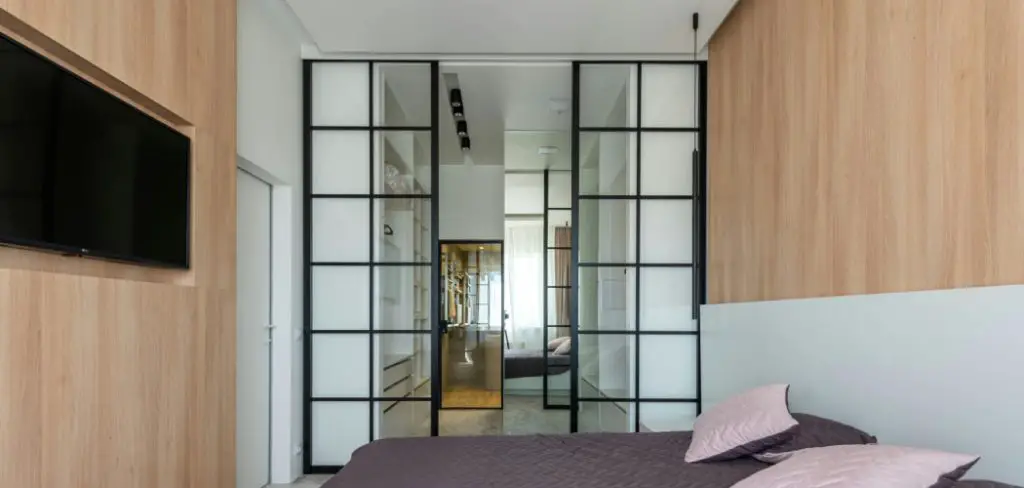
Whether you’re replacing an existing door or embarking on a new construction project, mastering the art of measurement will streamline the process and minimize the risk of costly errors. By following these expert tips on how to measure for sliding glass door, you’ll be well-equipped to select the perfect sliding glass door for your space and ensure a seamless integration into your home’s architecture.
Importance of Accurate Measurements
Before you begin the actual measurement process, it’s crucial to understand the importance of precision in this task. Accurate measurements are the foundation of ensuring that your sliding glass door fits perfectly.
A misstep in measurement can lead to several problems – ranging from minor inconveniences, such as drafts and energy inefficiency, to significant issues, including improper door operation or even the need for a complete door replacement. Such errors not only add unnecessary costs but can also delay your project timeline.
By taking precise measurements, you ensure the door not only fits snugly and operates smoothly but also maintains the aesthetic integrity of your home. Additionally, accurate measurements contribute to better insulation, enhancing the energy efficiency of your space.
In essence, taking the time to measure accurately is a small step that pays off in ensuring the longevity and performance of your sliding glass door.
Understanding the Components of a Sliding Glass Door
To effectively measure for a sliding glass door, it’s important to have a comprehensive understanding of its primary components. This knowledge not only aids in precise measurement but also helps in customizing the door to best suit your needs and preferences.
A. Frame Types and Materials
The frame of a sliding glass door plays a crucial role in its aesthetics, durability, and insulation. Standard frame materials include wood, which offers a classic, warm appearance but requires regular maintenance to prevent warping and rotting.

Aluminum frames are lightweight and resistant to rust, making them a popular choice for contemporary designs. Meanwhile, vinyl frames have gained popularity due to their excellent insulation properties and minimal maintenance requirements. Fiberglass frames are also an option, combining the best properties of both wood and vinyl, offering durability, low maintenance, and good insulation.
B. Types of Sliding Mechanisms
Sliding glass doors operate on various mechanisms, each offering distinct advantages. The traditional rail sliding mechanism, where doors glide along a track, is widely used for its simplicity and reliability.
Another type is the telescopic sliding mechanism, which allows multiple door panels to open and stack behind each other, creating a wider opening. Stackable doors are similar but can slide and neatly stack on one or both sides. Lastly, the folding mechanism, where door panels fold like an accordion, maximizes space but requires a more complex installation.
C. Standard Dimensions vs. Custom Sizing
Sliding glass doors generally come in standard sizes, with the most common dimensions being 6 feet 8 inches in height and widths ranging from 5 to 12 feet. Opting for standard sizes can often save time and money during the installation process.
However, custom sizing offers the advantage of tailoring the door precisely to your opening, which can be particularly beneficial for non-standard spaces or when aiming for a specific architectural look. Custom-sized doors provide the flexibility to meet unique design requirements but typically come at a higher cost and longer lead time.
Tools Needed for Accurate Measurement
When preparing to measure your space for a sliding glass door, having the right tools on hand is essential for ensuring accuracy and efficiency. The following items will equip you well for the task:
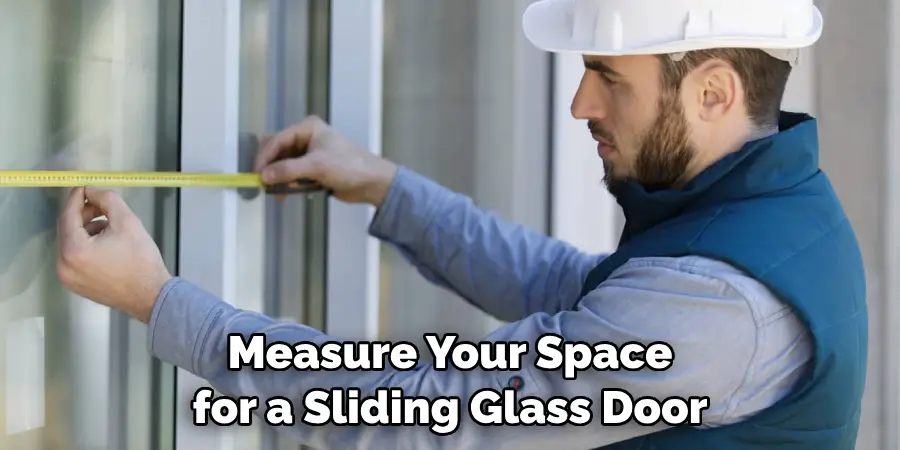
A. Tape Measure
A sturdy, retractable tape measure is indispensable for obtaining precise dimensions of the door opening. Select one that is at least 25 feet long to accommodate the measurement of wider openings.
B. Level
A level is critical for ensuring that the measurements account for any unevenness in the floor or the top of the doorframe. This tool helps in making adjustments to the measurements if necessary to ensure the door sits perfectly horizontal and operates smoothly.
C. Notepad and Pencil
Keeping a notepad and pencil handy is beneficial for recording measurements as you go. This avoids the risk of forgetting or mixing up dimensions, which could lead to inaccuracies.
D. Ladder
If the door opening extends above your reach, a step ladder will be necessary to accurately measure the height of the opening from a stable, secure position.
E. Square
A framing square or carpenter’s square can help in verifying that corners are 90 degrees, ensuring the integrity of the door installation.
Armed with these tools, you can confidently proceed to measure the area designated for your sliding glass door, knowing that you’re equipped to capture the exact specifications needed for a successful installation.
Safety Precautions to Consider
When measuring for a sliding glass door, safety should never be overlooked. The process involves actions that could pose risks if not carried out with caution. Following these key safety precautions can help ensure that your measurement task is completed without any mishaps:
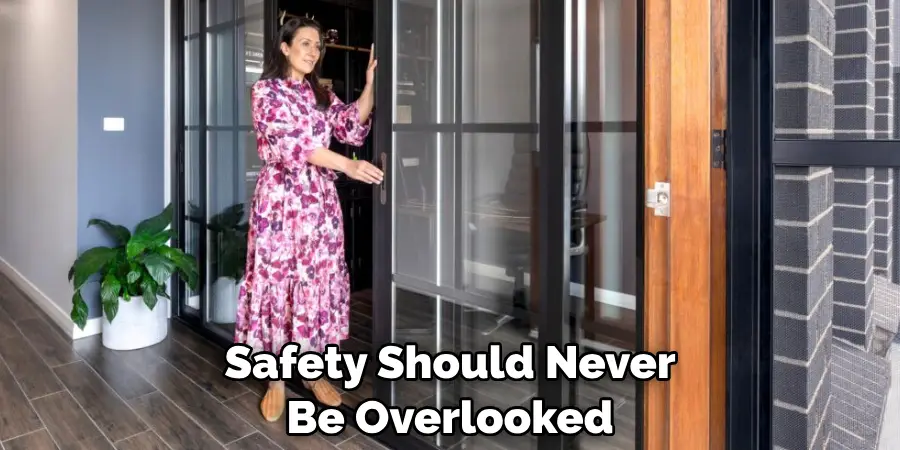
A. Wear Protective Gear
Always wear appropriate protective gear such as safety glasses and gloves, especially when dealing with old door frames that might have splinters or sharp edges. If you’ll be working at heights, make sure to have non-slip footwear.
B. Use Ladders Safely
If a ladder is required to reach the upper portions of the door space, ensure it is stable and firmly positioned on an even surface. Avoid overreaching or leaning too far to one side, as this can lead to falls. Always maintain three points of contact with the ladder for optimal stability.
C. Be Mindful of the Environment
Keep your workspace clear of any obstacles or debris to prevent tripping hazards. Ensure that the area is well-lit so you can see clearly what you are measuring and where you are stepping.
D. Handle Tools with Care
Tools should be handled with care and used according to their instructions. Keep sharp tools away from your body, and make sure they are stored safely when not in use to avoid accidental injuries.
E. Avoid Rushing
Rushing through the measurement process not only increases the risk of accidents but can also lead to errors in measurement. Take your time and focus on accuracy and safety.
By adhering to these precautions, you can minimize the chances of injury and ensure a safer environment while efficiently completing the task of measuring for a new sliding glass door.
Recording and Documenting Measurements
Once you’ve taken all necessary measurements for the sliding glass door, properly recording and documenting these dimensions is crucial for the next steps in your installation or replacement project. Here’s how to effectively organize and present your findings:
A. Create a Detailed Sketch
Begin by drawing a basic sketch of the doorframe, indicating the height, width, and any irregularities noted during measurement. Use your notepad for this purpose, ensuring the sketch is clear and proportional. This visual representation will serve as a handy reference when ordering your door or discussing specifications with professionals.

B. Note Specific Measurements
Beside or below your sketch, clearly write down the precise measurements. Include the height and width of the opening at multiple points if variances were observed. It’s beneficial to note measurements in both metric and imperial units to avoid conversion errors later on.
C. Document Observations
Include any relevant observations that might impact the installation process. This could range from uneven flooring, non-standard corner angles, or existing damage around the doorframe. These notes can help in anticipating potential challenges and discussing solutions with installation experts.
D. Specify Preferences
Alongside the technical measurements, document any specific preferences or requirements for the door. This may include the desired type of sliding mechanism, frame material, or any custom features like built-in blinds or special glass treatments.
E. Final Review
Review your documentation for completeness and accuracy. Ensure that all necessary details are included and clearly understandable. This step is critical to avoid misunderstandings and ensure that the information accurately reflects your space and needs.
F. Digital Backup
Consider creating a digital copy of your documentation. This can be as simple as taking photos of your sketches and notes or inputting the information into a digital document. Having a digital backup ensures that your measurements are safe and easily shareable with vendors or contractors.
Properly recording and documenting the measurements and specifics of your desired sliding glass door not only streamlines the ordering and installation process but also serves as a critical communication tool between you, the retailer, and the installation professionals. With thorough documentation, you ensure that the final product meets your expectations and fits perfectly within your home.
10 Methods How to Measure for Sliding Glass Door
1. Measure the Width of the Door Opening:
Start by measuring the width of the door opening where the sliding glass door will be installed. Use a tape measure to obtain an accurate measurement from one side of the opening to the other. Take measurements at both the top and bottom of the opening to ensure consistency, as openings may not always be perfectly square.
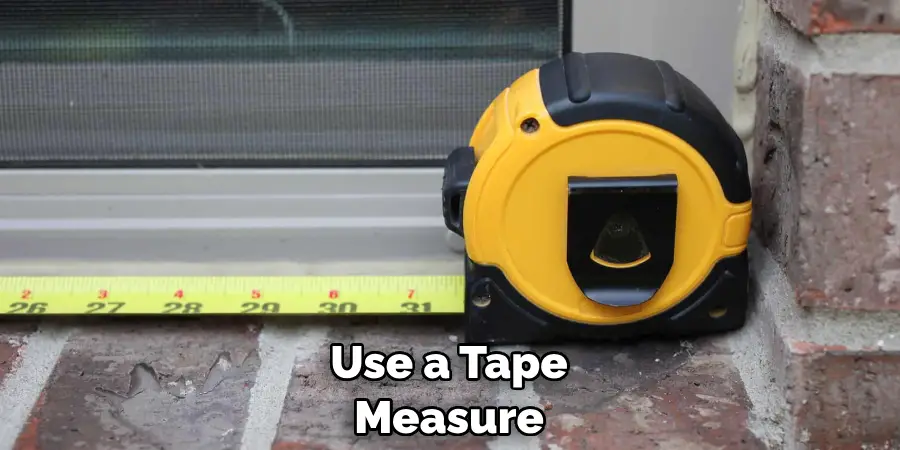
Next, measure the height of the opening from the top to the bottom. Again, take measurements at both sides and make sure they match to ensure accuracy. This step is important because you will need these measurements when selecting a sliding glass door that will fit perfectly in your space.
2. Determine the Height of the Door Opening:
Next, measure the height of the door opening from the floor to the top of the opening. Again, take measurements at multiple points to account for any variations in height. Ensure that the opening is tall enough to accommodate the sliding glass door without any obstructions. If the opening is too short, you may need to make adjustments or choose a different type of sliding door that fits within the available space.
3. Check for Plumb and Level:
Use a level to check if the sides of the door opening are plumb (perfectly vertical) and if the header (top part) is level. This step is crucial to ensure that the sliding glass door will fit properly and operate smoothly once installed. If the opening is not plumb or level, adjustments may be necessary before proceeding with measurements.
It is recommended to have someone assist you during this step to ensure accurate readings. When using a level, make sure to place it both horizontally and vertically on the sides of the opening and along the header. If any adjustments are needed, use shims or adjust the frame accordingly.
4. Consider Rough Opening Dimensions:
In addition to the actual width and height of the door opening, it’s essential to consider the rough opening dimensions. This includes accounting for the space needed for framing materials, such as studs and headers. Measure the rough opening width and height to ensure that the sliding glass door will fit comfortably within the allotted space.
It’s also important to consider the rough opening depth, which is the distance from the interior surface of the wall to the exterior surface. This measurement will determine how far into the room the door will extend when fully open. Make sure to leave enough space for the door to easily open and close, as well as any necessary clearance for furniture or other obstacles in the room.
5. Account for Framing Allowances:
When measuring for a sliding glass door, it’s important to account for framing allowances. This includes leaving space for shims, insulation, and any additional framing materials that may be required for installation.
Typically, you’ll need to add a few inches to both the width and height measurements to accommodate these allowances. This will ensure a smooth and secure installation of your sliding glass door.

Some other factors to consider when accounting for framing allowances include the type of wall material (wood, concrete, etc.) as well as the surrounding structure. If your home has any unique features or is built on uneven ground, you may need to adjust the framing allowances accordingly.
6. Check for Obstructions:
Before proceeding with measurements, carefully inspect the door opening for any obstructions that may interfere with the installation of the sliding glass door. This includes checking for pipes, electrical wiring, or structural elements that may need to be relocated or adjusted to accommodate the new door.
7. Measure for Sill Slope:
Sliding glass doors are often installed with a slight slope on the sill to facilitate proper drainage of water away from the interior. Measure the slope of the existing sill or determine the desired slope for the new installation to ensure effective water management. This may involve using a level to measure the degree of slope or consulting with a professional for guidance.
8. Consider Door Configuration:
Sliding glass doors come in various configurations, including single-panel, double-panel, and multi-panel options. When measuring for a sliding glass door, consider the desired configuration and determine the appropriate width for each panel. This will ensure that the door operates smoothly and provides the desired access to outdoor spaces.
9. Account for Trim and Finishing:
When measuring for a sliding glass door, it’s important to account for any trim or finishing materials that will be installed around the door frame. Measure the width and depth of the trim to ensure that it will fit properly within the door opening without impeding the operation of the sliding door.
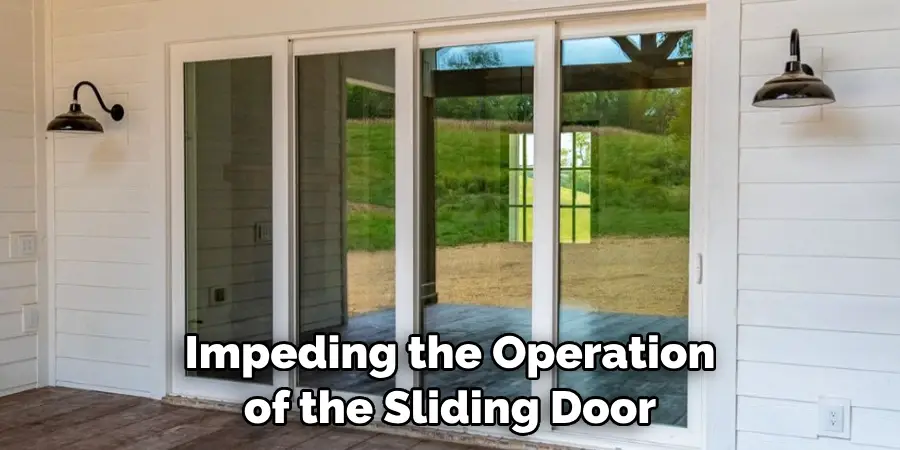
10. Consult with a Professional:
If you’re unsure about any aspect of measuring for a sliding glass door or if the installation involves complex structural considerations, it’s always a good idea to consult with a professional contractor or installer. They can provide expert guidance and ensure that the measurements are accurate for a successful installation.
Conclusion
In conclusion, accurately measuring for a sliding glass door is essential for a seamless installation process and optimal functionality. By following the step-by-step guide outlined in this article, homeowners can ensure that their measurements are precise, thus avoiding common pitfalls and costly mistakes.
Remembering to take multiple measurements, considering potential obstructions, and consulting with professionals when necessary are key practices to adhere to throughout the process.
With careful attention to detail and thorough documentation of measurements, individuals can confidently proceed with selecting and installing their sliding glass door. Thanks for reading, and we hope this has given you some inspiration on how to measure for sliding glass door!
